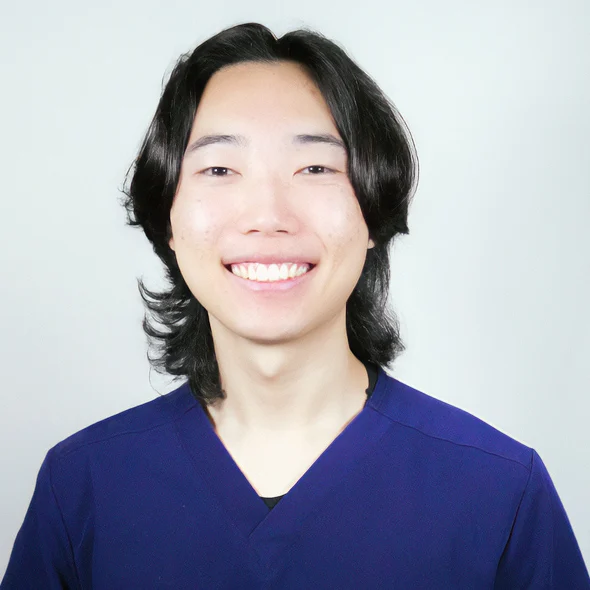Have you ever wondered how you can precisely locate that ticklish spot on your foot for a good laugh? Or marveled at your ability to instantly pinpoint the source of a mosquito bite? The human body is equipped with an amazing feature that allows us to map and explore sensations across our skin, and it’s called the somatosensory map. Let’s take a fun and informative journey through this fascinating system that lets us experience the world through touch.
Mapping the Marvel: What is a Somatosensory Map?
Imagine your body as a vast canvas, where every point holds the potential for sensation. Your somatosensory map acts like a high-tech navigation system, allowing your brain to process and respond to different types of touch. While this map doesn’t exist as a physical drawing, it represents how your brain organizes sensory information.
The Brain as a Cartographer: How it Maps Sensations
Your brain serves as the ultimate cartographer, dedicating specific regions to processing sensations from different body parts. Within the somatosensory cortex, these inputs are systematically arranged. The more sensitive an area—like your fingertips or lips—the more space it occupies on the map. This explains why a paper cut on your finger feels far more intense than a scrape on your forearm.
Exploring the Map: A Sensory Safari
Let’s test your map in action! Touch your finger to your nose—notice how you instantly recognize its location? That’s your brain’s sensory system working in real time. It also enables “two-point discrimination,” where you can detect two closely placed touches as separate points. Try closing your eyes and having a friend gently press two fingers on your arm—can you distinguish between them? If so, you’ve just experienced your map’s precision at work.
The Many Layers of Sensation
Your somatosensory map doesn’t process touch in just one way; it deciphers a variety of sensations. A feather brushing against your skin activates light-touch receptors, while deep pressure—like a firm handshake—engages different pathways. Temperature has its own dedicated system as well. Ever yanked your hand away from a scalding cup of coffee before you even registered the heat? That’s your somatosensory map triggering an automatic response to protect you.
Your Brain’s Ability to Adapt: Neuroplasticity in Action
Here’s a mind-blowing fact: your somatosensory map isn’t fixed—it continuously adapts based on your experiences. This ability, known as neuroplasticity, allows your brain to reorganize itself. For instance, if someone loses a finger, the brain doesn’t leave that area blank. Instead, it repurposes nearby regions, expanding them to enhance sensation in the remaining fingers. This flexibility highlights the brain’s remarkable ability to adjust to change.
Hacking Your Somatosensory Map: A Fun Experiment
Want to put your sensory map to the test? Close your eyes and have a friend lightly touch your forearm with a feather. Try to pinpoint the exact spot. Now, repeat the experiment using a dull object. Notice the difference? Your brain interprets the two sensations differently. Want to take it a step further? Cross your fingers and touch them—your brain might momentarily misinterpret the sensation, revealing just how complex and adaptable this map truly is.
Appreciating the Magic Touch
The next time a cool breeze brushes against your skin or you burst into laughter from an unexpected tickle, take a moment to appreciate the intricate system making it all possible. From the lightest touch to the firmest grip, your somatosensory map allows you to experience the richness of the world. So go ahead—explore this hidden map and enjoy the symphony of sensations that shape your daily life!






